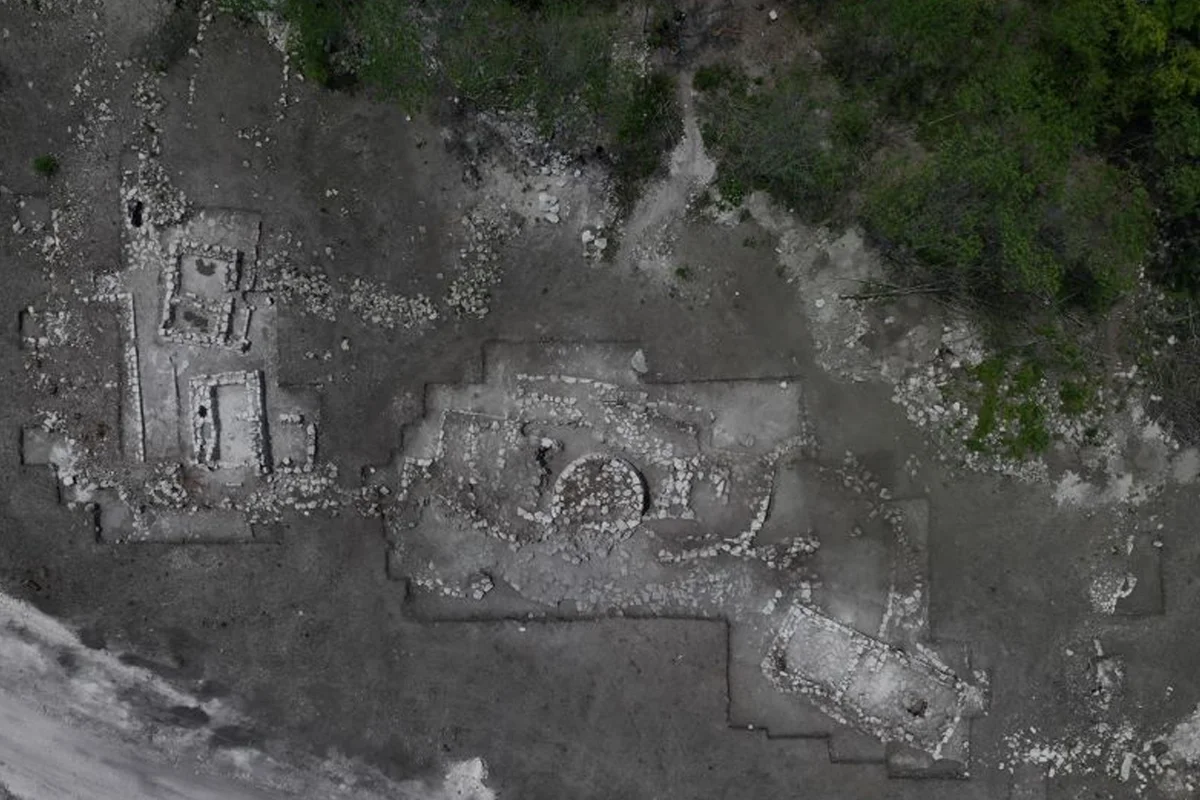Archaeologists from the National Institute of Anthropology and History (INAH) have unearthed a palace complex associated with the Maya city of Balamkú.
The complex was discovered at the construction site of Calakmul station, part of Section 7 of the Maya Train connecting Escárcega to Chetumal.
Calakmul station is located 3.5 kilometres from the Balamkú Archaeological Zone, a Maya city occupied from around 300 BC during the Late Preclassic, through to the Terminal Classic period, between AD 800 and 1000.
The Balamkú Archaeological Zone covers an area of approximately 25 hectares (62 acres) and is distributed over three zones containing pyramids, a ballcourt, plazas, and various structures yet to be fully explored.
According to INAH archaeologist, Juan Jesús Guadalupe García Ramírez, the temple complex is likely associated with Balamkú, and contains architectural features similar to the Río Bec and Chenes styles.
The palace sits on a rectangular stone base with rounded corners, on which a courtyard was arranged with five structures made with worked limestone ashlars.
The discovery of a limestone sculpture depicting Ah Puch, the Maya god of death and earthquakes, indicates that the palace was likely constructed in dedication to the deity. Ah Puch was also known as Cizin, which translates to “Stinking One,” “stench,” or “flatulence.”
The sculpture is represented with a large phallus and an erect tabular cranial deformation. It was discovered in a circular structure at the center of the complex, where funerary offerings were found, including human remains such as skull fragments and teeth, along with a pair of ceramic bowls.
To preserve the palace complex, INAH archaeologists have painstakingly dismantled the structures in order to relocate them nearby for public display in an interactive museum.
Header Image Credit : Maya Train
Sources : INAH





